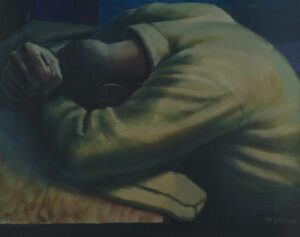Bridging Worlds: Xianghan Wang’s The Rhythm of Tai Chi Exhibits in London
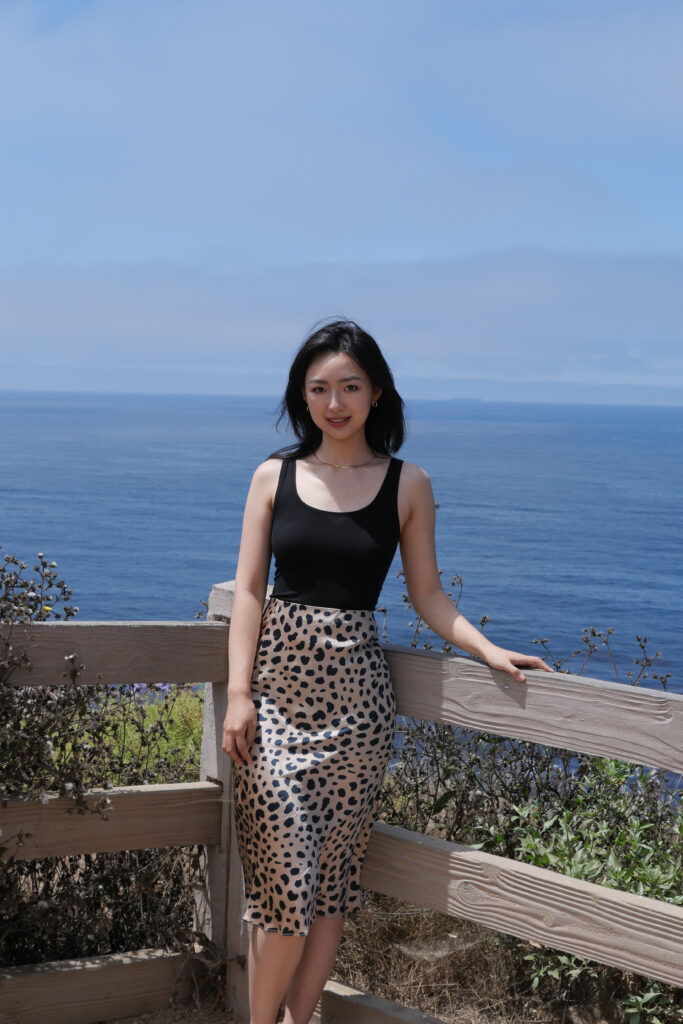
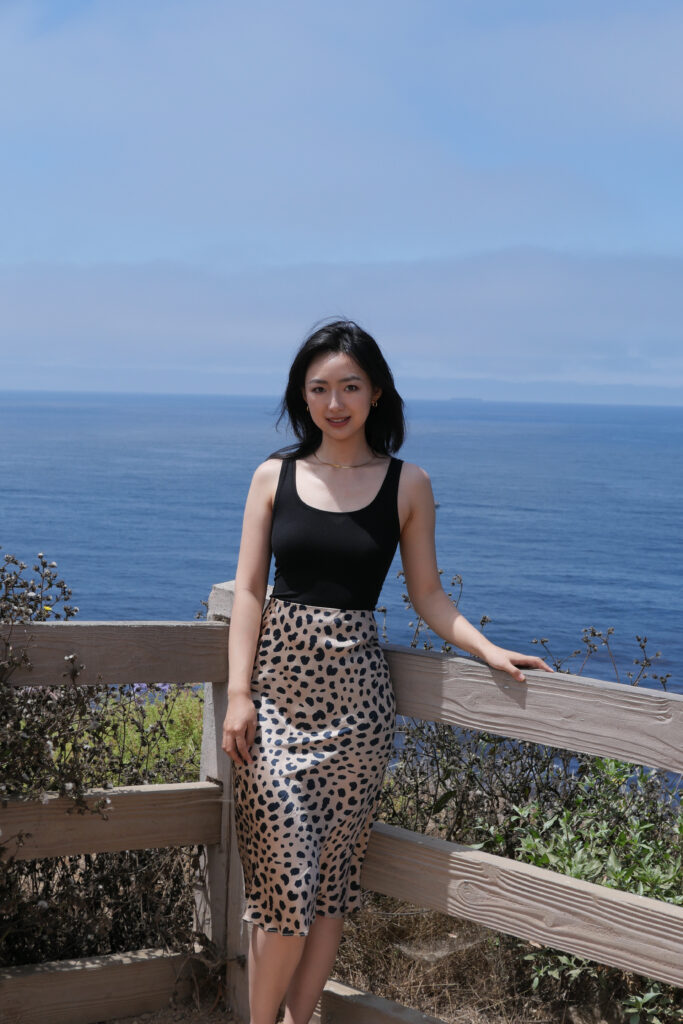
London’s spring sky is living up to the exhibition’s title—Partly Cloudy—this April, when Xianghan Wang’s latest creation is unveiled. Inside the M P Birla Millennium Art Gallery, a large contemporary space nestled within The Bhavan—London’s renowned institute of Indian art and culture—visitors wander through an atmosphere of quiet anticipation. Curated by Y Manifesto, the three-day exhibition Partly Cloudy uses meteorological phenomena as a poetic framework to explore the complexities of identity, perception, and existential ambiguity. The very phrase “partly cloudy” signals a liminal state—“neither entirely illuminated nor wholly obscured”—and the gallery brims with art that inhabits those in-between realms. Rather than offering any tidy resolution, Partly Cloudy challenges viewers to navigate the nuanced interplay of materiality and immateriality, presence and absence, finding meaning in the haze between knowing and unknowing.
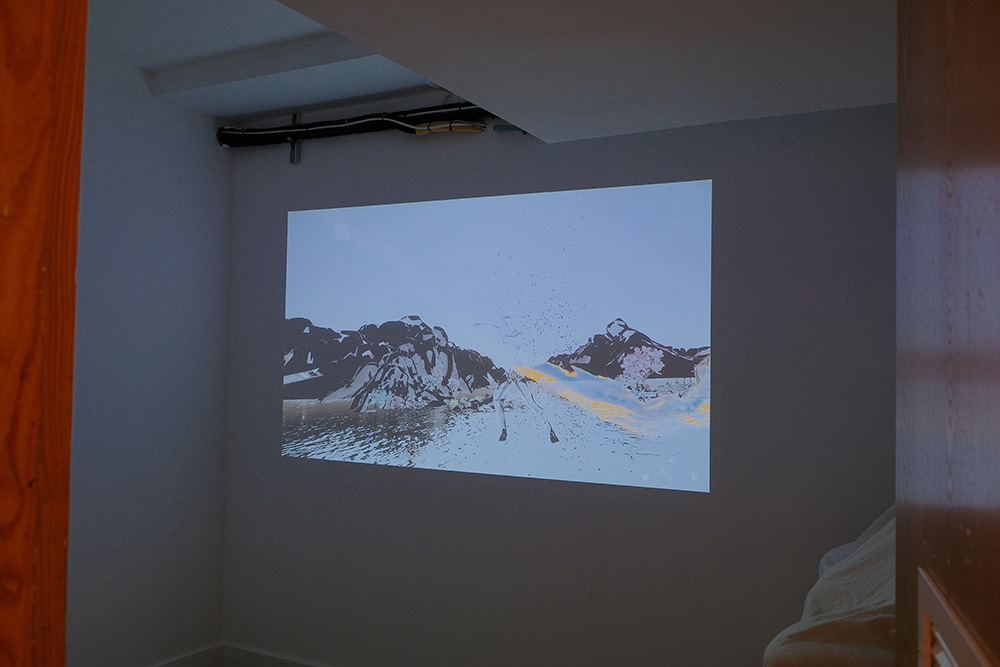
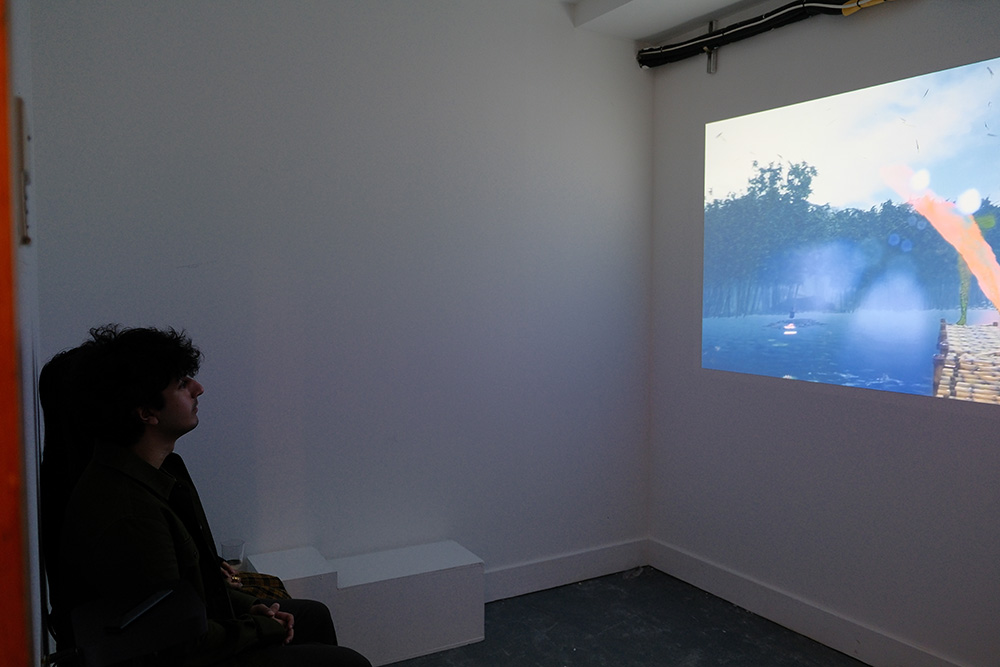
In a dimly lit alcove, one installation glows with a peculiar allure. It is Xianghan Wang’s immersive VR piece The Rhythm of Tai Chi, fresh from winning a coveted Red Dot Design Award and now making its London debut. In an era defined by rapid technological shifts, Xianghan Wang is a rare visionary who grounds innovation in heritage. The Los Angeles–based XR and motion designer—currently at Apple—continues to captivate international audiences with her immersive creations that blend digital artistry, ancestral wisdom, and narrative depth. Her work redefines the possibilities of spatial computing and immersive media, offering a thoughtful, emotionally rich approach to storytelling through technology.
A Red Dot Award–winning project, The Rhythm of Tai Chi is distinguished by its ability to visualize Qi—the internal energy believed to flow through the body in Tai Chi philosophy. Traditionally, Qi is felt but never seen, described through metaphor and intuition rather than literal form. In her work, Xianghan reimagines this invisible force using motion tracking and real-time animation. As users move through the VR environment, their gestures are mirrored by trails of glowing energy—a visual metaphor for Qi that makes the concept tangible and emotionally resonant. This approach offers not just a virtual demonstration, but an embodied experience. By allowing users to see the rhythm of their movement and breath, the project bridges intuition and interaction in a way that is accessible to both beginners and experienced practitioners.
“It’s not just about showing Tai Chi—it’s about embodying it. We wanted people to feel the rhythm, the breath, the energy, even if they’ve never studied it before,” Xianghan explains. Her intent is clear: to use immersive technology not for spectacle, but for emotional and cultural resonance. The result is a peaceful, intuitive experience that connects body, mind, and digital space—an artwork that teaches as it inspires.
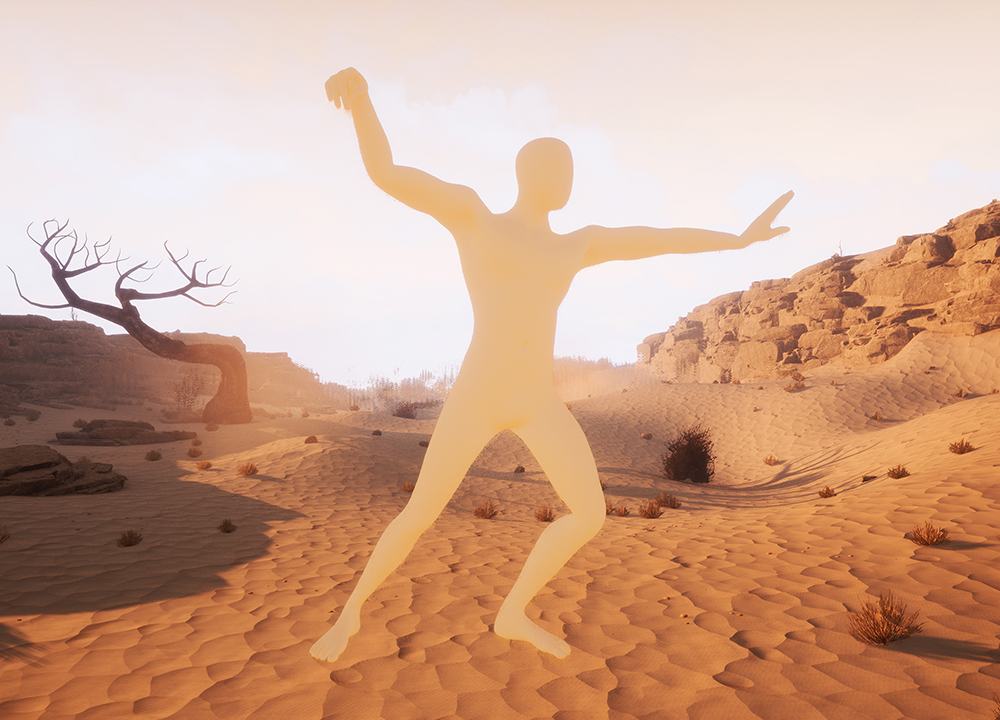
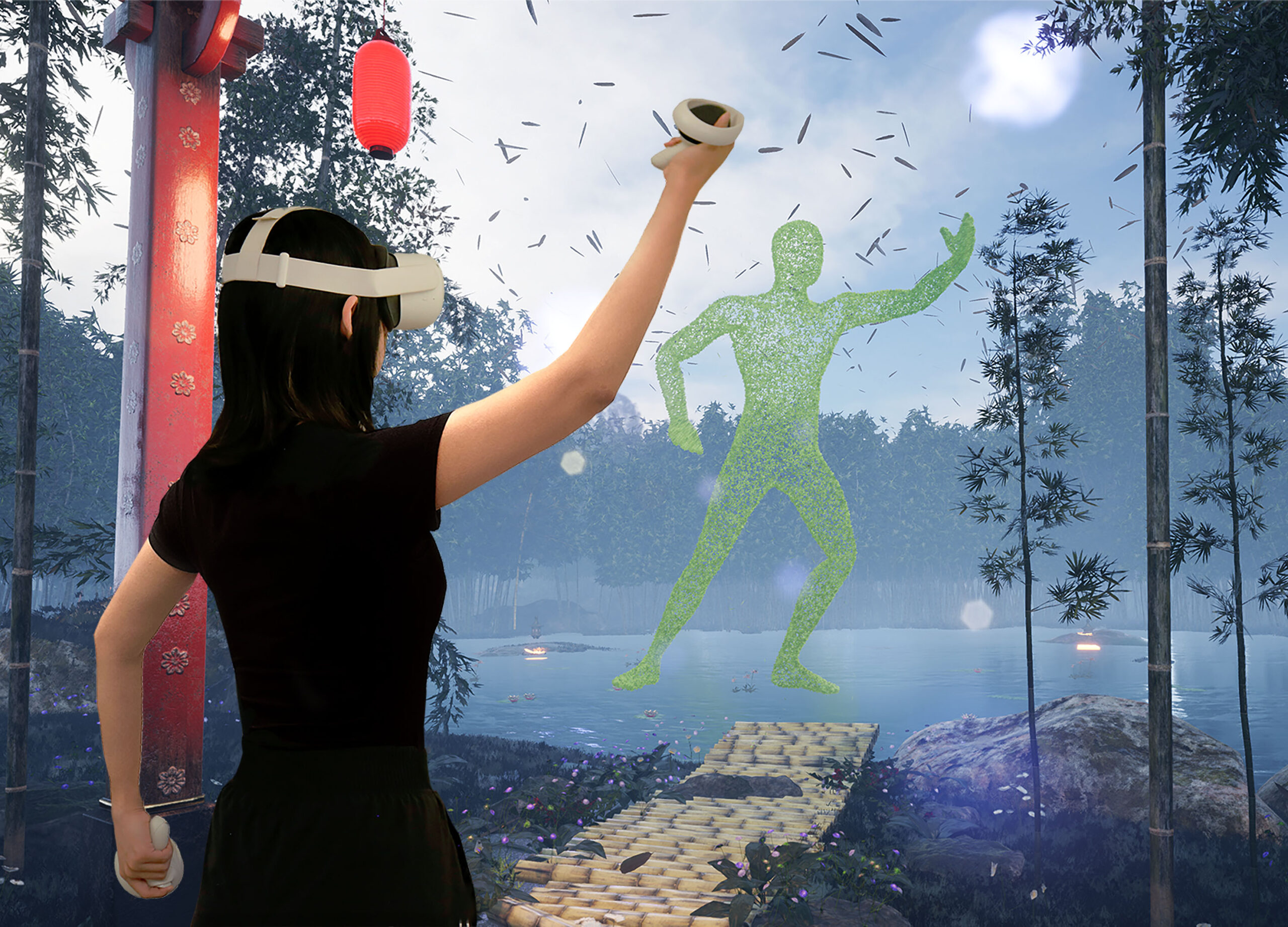
With over fifteen international design awards to her name—including Red Dot, IF Design Awards, AIXR XR Awards Finalist, and the DNA Paris Design Awards—Xianghan has firmly established herself at the intersection of art, innovation, and heritage. Her works have been exhibited from New York to Italy, and now London, consistently drawing attention for their poetic balance of technology and soul. Each new project reaffirms her commitment to honoring cultural memory while pushing the boundaries of digital design.
Her influence is also evident through her roles as a juror and guest speaker in the international creative community. Xianghan has served as a judge for various global design competitions and hackathons, where she brings a critical eye to projects that fuse innovation with cultural and emotional depth. She has also been invited as a guest speaker at institutions and organizations such as the School of Visual Arts (SVA), the Fashion Institute of Technology (FIT), and the VR/AR Association (VRARA), where she shares her insights on XR storytelling, motion design, and human-centered innovation. Through these contributions, she actively shapes conversations around the future of immersive media and inspires others to explore how technology can be a tool for both creativity and cultural continuity.
Xianghan has firmly planted herself at the intersection of art, innovation, and heritage, and her work is a living example of how ancient wisdom can dance with modern technology. In the Partly Cloudy exhibition, this sensibility offers a hopeful through-line: even amid uncertainty, there are experiences that ground us. As the last visitors drift out into the London night, they carry with them the memory of luminous shapes and quiet revelations. The impression is subtle yet indelible: Xianghan Wang is designing for presence in a way that makes the past feel vividly alive in the present, illuminating a path toward the future.
The post Bridging Worlds: Xianghan Wang’s The Rhythm of Tai Chi Exhibits in London appeared first on Our Culture.


